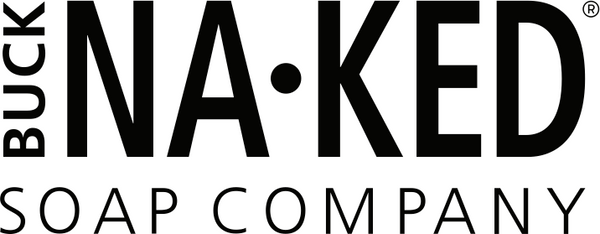Break The Bias for a Sustainable Future For Women
The International Women’s Day campaign theme for 2022 is Break the Bias. This call to action encourages each of us to confront our implicit misogyny and to take concrete steps to gain equity for women.
If you’re confused about the term equity and how it differs from equality, you’re not alone: our word processor suggested swapping one for the other, meaning even computers have a hard time, too. Equality means providing the same resources to everyone. Equity acknowledges that people require different resources based on their specific circumstances and needs.
When it comes to pay equity, for instance, women earn on average 83 cents for every dollar earned by white men doing the same job. Equality would require boosting the pay of all women by 17 cents. However, Black women earn 63 cents for every dollar earned by white men. So boosting the pay of Black women by 17 cents would still leave a gap of 20 cents. For Indigenous and Hispanic women, this gap is even larger.

Bias exists in more than just pay. According to a study published in Proceedings of the National Academies of Science, “half of white medical trainees believe such myths as Black people have thicker skin or less sensitive nerve endings than white people.” This has significant real-world consequences: Sophie Trawalter, University of Virginia Associate Professor of Public Policy and Psychology, states that “Black patients are significantly less likely to be prescribed pain medication and that they generally receive lower doses of it when they are. One possible reason for this, supported by existing studies, is that white people believe Black people experience less pain.”
For Black women, the race of the doctor who is caring for them has a direct result on the chances of their babies surviving birth. In Florida, between 1992 and 2015, Black babies were three times more likely than white babies to die in hospital. When care was provided by a Black doctor, however, the disparity was significantly reduced, demonstrating that bias can be a matter of life-and-death for Black mothers.
“I don’t own a company,” you may be thinking, “or teach at a medical school. How can I help dismantle bias against women?” If you’re a man (especially if you’re cis and white), you can use your platform, privilege, and proximity to power to advocate for women. Lobby your employer for pay transparency, give space to women (and don’t interrupt them in meetings), and support women-led initiatives and organizations.
If you’re a woman, practice unity instead of division. Call bullshit on the myth that there is only room at the top for one. Or that things are “better than they’ve ever been,” despite the fact that better does not mean good enough. White women especially have an obligation to use their privilege to lobby for all women, not just those who look like them.
And we all, regardless of sex, can contact our elected leaders and demand equity for women (with a specific focus on women of colour and trans women). We can also support women-owned and women-led businesses and encourage (by directing our spending) all businesses and organizations to provide equity for employees and customers alike.
International Women’s Day is a great opportunity to start a conversation about how to Break the Bias, but that conversation—and relevant action—must continue each day thereafter.
Let us know in the comments, what are some ways that you plan to take action in Breaking the Bias?
Sources:
1. AAUW. The Simple Truth about the Gender Pay Gap (2020)
2. PNAS. Physician–patient racial concordance and disparities in birthing mortality for newborns (2020)

0 comments